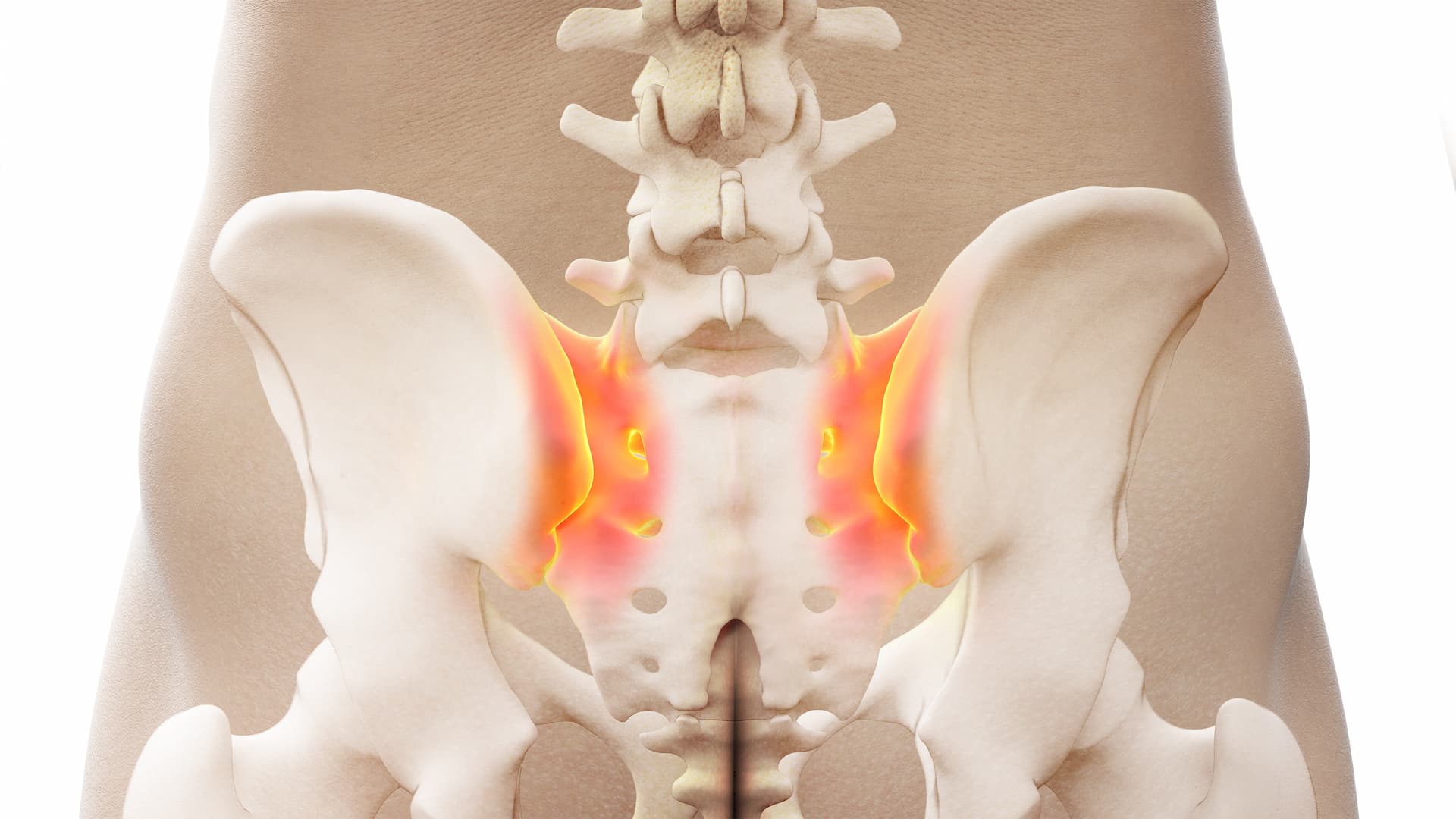Sacroiliac(SI) Joint Fusion
- A minimally invasive procedure to stabilize an injured sacroiliac joint and relieve pain
- For people who are experiencing intense debilitation pain from an injured sacroiliac joint
- Forty-five-minute minimally invasive procedure, typically with a quick recovery of a few weeks Forty-five-minute minimally invasive procedure, typically with a quick recovery of a few weeks
Frequently Asked Questions
There are two sacroiliac joints that connect the sacrum, located at the base of the spine, to the iliac bones, which make up the pelvis. When the ligaments or bony surfaces are damaged, due to trauma, arthritis or other conditions, the sacroiliac joints can be the source of intense pain that may radiate into the leg or back.
A variety of tests performed during physical examination may help reveal the SI joint as the cause of your symptoms. Sometimes, X-rays, CT-scan or MRI may be helpful in the diagnosis of SI joint-related problems.
The most relied upon method to accurately determine whether the SI joint is the cause of your low back pain symptoms is to inject the SI joint with a local anesthetic. The injection will be delivered under either X-ray or CT guidance to verify accurate placement of the needle in the SI joint. If your symptoms are decreased by at least 50%, it can be concluded that the SI joint is either the source of or a major contributor to your low back pain. If the level of pain does not change after SI joint injection, it is less likely that the SI joint is the cause of your low back pain.
- Lower back pain
- Pelvis / buttock pain
- Hip / groin pain
- Pain radiating down one or both legs
- Feeling of leg instability (buckling, giving way)
- Disturbed sleep patterns due to pain
- Disturbed sitting patterns (unable to sit for long periods, sitting on one side)
- Pain going from sitting to standing
Initial treatment for sacroiliac joint pain may involve physical therapy, pain medications, injections or bracing with a belt. Another intervention is radiofrequency ablation, an image-guided procedure that interrupts the pain signal traveling from the sacroiliac joint to the brain.
If these treatments don’t bring significant or long lasting relief, patients may ultimately choose a surgery called sacroiliac joint fusion.
Posterior SI Joint Fusion allows your doctor to stabilize your SI joint from a familiar posterior approach by inserting strategically designed implants directly into the joint. The procedure is done through a small incision and typically takes less than one hour. Patient testimonials have demonstrated that treatment with the Posterior SI Joint Fusion system (available since early 20l4) improved pain, patient function, and quality of life.

